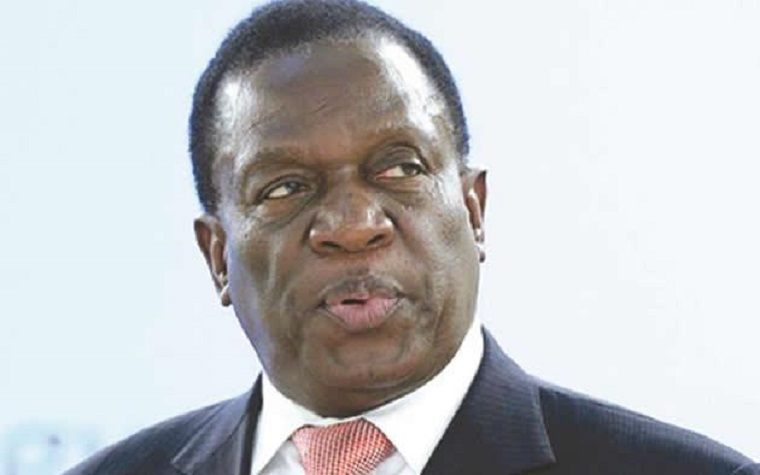Long in coming but swift and relatively painless when it happened, the downfall of Robert Mugabe offers Zimbabwe a once-in-a-generation opportunity to recalibrate its hitherto dire trajectory. The transition comes with myriad challenges and opportunities, the handling of which will ultimately determine what direction the country takes. Here are four key ways that the new president, Emmerson Mnangagwa, can get it right.
1. Strike a new political settlement
The lesson of Zimbabwe’s past 20 years is that a toxic political environment is a severe impediment to the economic development. Political risks create uncertainty and keep sorely needed investment away. A key priority must therefore be the creation of a more inclusive political settlement. When the time came, Zimbabweans from all walks of life were ready to come out and clamour for a fresh start – their “ideals” clearly unified them and need to be harnessed to something concrete out of them.
Some of the provisions needed to do this are already in the constitution, and simply unimplemented. Others, however, need to be negotiated within and among all political actors. Equally, it’s important Zimbabwe doesn’t rush into new elections, but instead creates the conditions necessary for free, credible and fair ones in the future. Properly managed elections are not a magic wand, but they will go a long way in reducing the socio-economic costs of political risks associated with instability.
2. Reduce poverty and promote inclusive growth
Zimbabwe has never fully recovered from the economic crisis that peaked in 2008. GDP growth rebounded to 11.9% in 2011, but declined to an estimated -2.5% by 2017. Formal sector jobs have shrunk significantly over the last two decades. A 2015 report showed that of the 6.3m people defined as employed, 94.5% were working in the informal economy, 4.16m of them as smallholder farmers. The formal sector, meanwhile, accounts for just 350 000 people.
This means a majority of Zimbabweans can be classified as “working poor”, doing precarious work with irregular incomes in agriculture and the informal sector. Poverty levels remain high: around 72% of Zimbabweans now living in chronic poverty. The challenge is to generate national and individual wealth, while also making sure a lot more people benefit from growth than have done over the past two decades.
Currently, the service sector contributes the most to GDP. While mining and the service sector have earned the country much-needed foreign currency and contributed significantly to GDP growth, they can only do so much alleviate poverty in a country where a majority of people still live off the land.
Continued next page
(484 VIEWS)







0 Comments